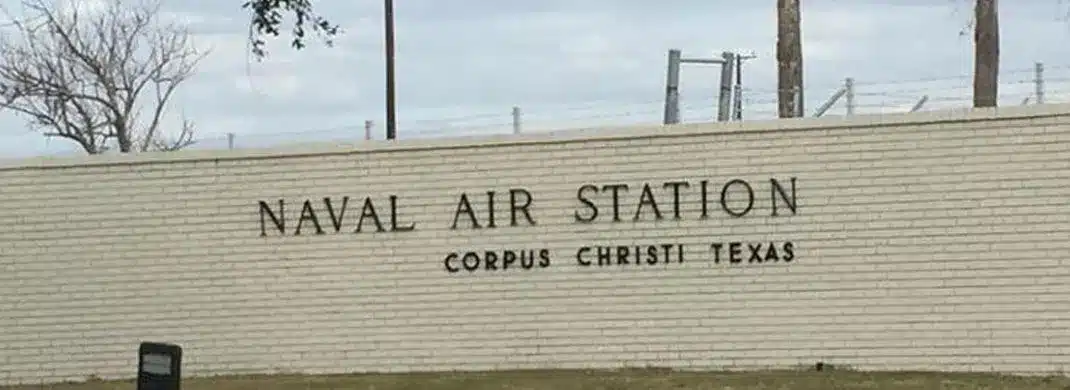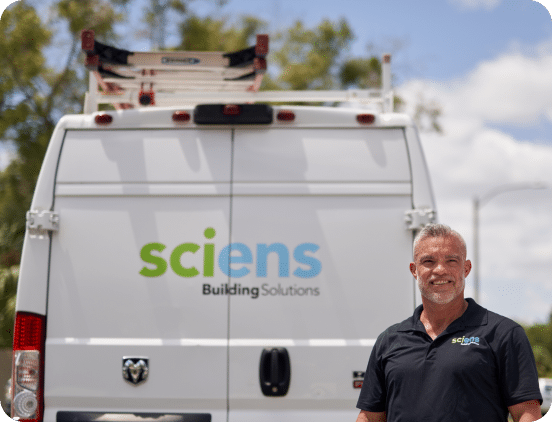Customer
The Naval Air Station (NAS) Corpus Christi is a United States Navy air base located six miles southeast of the central business district of Corpus Christi, in Nueces County, Texas. It is a military base providing training for student pilots; approximately 400 newly qualified aviators are trained each year. The NAS started construction in 1938 and was commissioned in 1941. It consists of 900 hangars, shops, barracks, warehouses and other buildings. Sciens has been working with NAS Corpus Christi for nearly eight (8) years and completed three (3) projects.
Direct Customer
The Naval Facilities Engineering Command (NAVFAC) is the United States Navy’s engineering command, committed to the Navy’s and United States Marine Corps’ combat readiness. NAVFAC is headquartered at the Washington Navy Yard. Sciens has partnered with them for approximately 15 years and completed 50+ projects. We expect numerous projects and service additions over the coming years.
Project Requirements
Hangars 42 and 51 required comprehensive integrated and code-compliant fire protection for their current tenants. Fire alarm systems, fire sprinkler systems, fire suppression, mass notification and a foam containment system were all part of the project requirements.
Sciens Scope
Sciens removed the existing fire pumps, fire sprinkler and fire alarm systems. We designed, installed and commissioned three (3) new fire pumps, early suppression fast response and dry sprinkler systems, a Mass Notification fire alarm system, a foam monitor & release system, and an underground containment system with two 25,000-gallon underground tanks and trenches within the hangar to hold aqueous film-forming foam (AFFF) and water upon release. All systems were fully integrated with each other to provide a fast, effective response in an emergency event.
Outcome
NAS Corpus Christi now has one of the most advanced fire detection, communication and fire suppression systems in the United States, which provides the highest level of protection for its fueled aircraft. This integrated system is designed and installed to operate in unison thus providing the fastest level of response and fire suppression in the highly volatile environment of aviation fuel. They also have a containment system that can capture the product from the system upon activation and avoid polluting the local environment. With the help of the AFFF system, they can attack flammable liquid pool fires and fires in Navy vessel machinery spaces.




